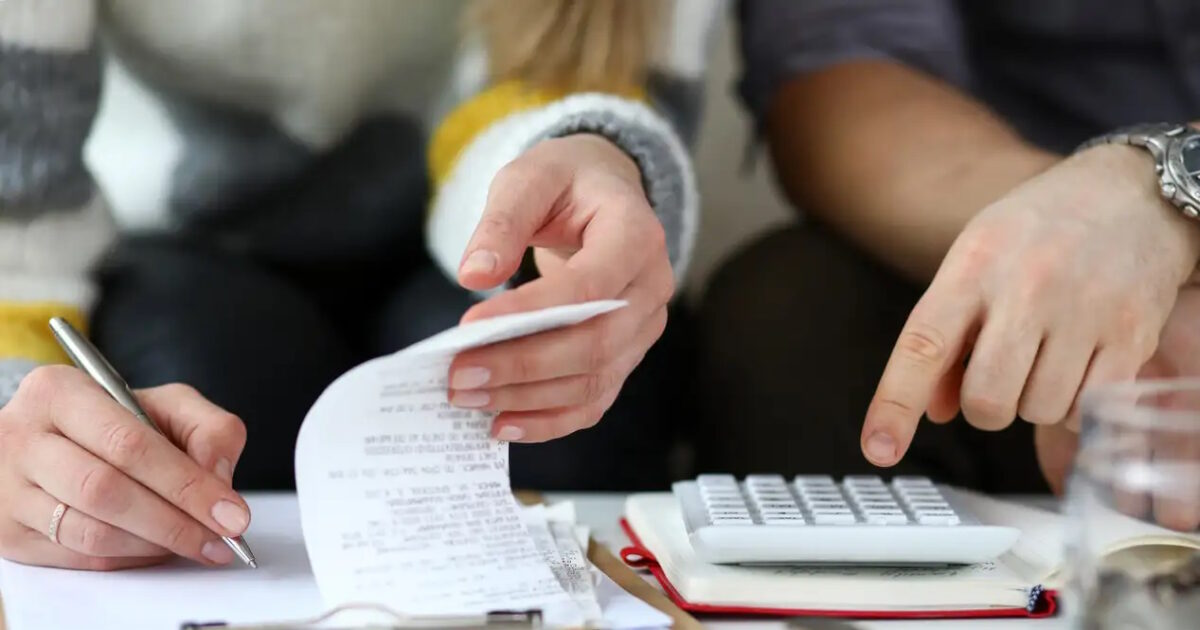Photo: Istock
Research in income and living conditions of households for 2024 was carried out by ELSTATindicating that 14% of population In Greece it lacks at least 7 of the 13 basic goods and services.
According to an ERTNEWS report, ELSTAT’s survey shows that 81.9% of the poor population and 34.6% of the non -poor say it has difficulty covering emergencies but necessary expenses of about 480 euros.
In particular:
- Material and social deprivation in 2024 (Europe 2030 index) increased by 0.5 percentage points compared to 2023 (13.5%) in the whole population.
- There is a decrease in material and social deprivation for children aged 0 – 17 years, which amounts to 1.7 percentage points in 2024 (13.9%) compared to 2023 (15.6%).
- As far as the age group of 65 years of age or older, there is an increase in material and social deprivation by 0.5 percentage points in 2024 (12.8%) compared to 2023 (12.3%). At the ages of 18 to 64, there is an increase in material and social deprivation by 0.9 percentage points in 2024 (14.4%) compared to 2023 (13.5%).
Based on the data, it is mainly found that the population’s financial inability to replace worn furniture (56.5%), pay rent or loan or fixed bills (42.8%), cover emergencies but necessary costs (43.9%) and pay for a week.
- The percentage of the population living in a housing with narrowing space is 27% for the whole population, 24.5% for the non -poor population and 36.9% for the poor population.
- The percentage of the population living in a housing in 2024 is higher in the case of the age group up to 17 years of age and is 40.9% for the whole population, 36.4% for the non -poor population and 56.7% for the poor population.
- 34.4% of the poor population says it lacks nutrition that includes chicken, meat, fish or vegetables of equal nutritional value, while the corresponding percentage of the non -poor population is estimated at 5.6%.
- 81.9% of the poor population and 34.6% of the non -poor reported financial difficulty in covering emergencies but necessary expenses of about 480 euros.
- 74.8% of the poor population indicates inability to pay a holiday week. The corresponding percentage of the non -poor population is 39%.
- 43.6% of the poor population indicates economic inability to have satisfactory heating in winter, while the corresponding percentage of the non -poor population is 13%.
- The percentage of the population indicating housing costs is 28.9%, while the rate for the poor and the non -poor population is 88.9%and 14.2%, respectively.
- 36.3% of the population who has received a consumer loan to purchase goods and services says that it is very difficult to repay it or installments. This figure is 49.6% for the poor population and 33.1% for the non -poor population.
- 56.1% of the poor population suggests difficulty paying in time for fixed accounts, such as electricity, water, gas, etc., while for the non -poor population this figure is 19.2%.
- 77% of the poor population and 25.4% of non -poor households report great difficulty in addressing its usual needs with their total monthly or weekly income.
- 20.2% of the population has problems with noise from neighbors or the road.
Regarding material deprivation associated with the financial ability to meet basic needs related to social activities- for people aged 16 years or older- the following findings have emerged:
- 26.9% of the population has no financial ability to participate in leisure activities such as sports, cinema, etc.
- The corresponding percentages for the poor and non -poor population amount to 54.1% and 20.6%.
34.9% of the population has no financial ability to spend money on themselves or a hobby. The rate is estimated at 62.9% for the poor population and 28.4% for the non -poor population. - 6.9% of the population aged 16 or older said it had very poor or poor health, 14.8% moderate, while 78.3% very good or good health.
- 24.5% of the population aged 16 years and older has a chronic health problem.
- 8.7% of the population for six months or more had restricted, due to their own health problem, some, or had been difficult for the general population to the general population, while 9.6% had limited them, but not too much.
- 24.4% of the population said that there was a case during the last 12 months, which really needed a medical examination or treatment for health problem and was not submitted to it. The rates for the poor and non -poor population amount to 36% and 21.8%, respectively.
- 32% of the population said that there was a case during the last 12 months, who really needed dental examination or treatment for health problem and was not submitted to it. The corresponding rates for the poor and non -poor population amount to 59.4% and 27.3%.
Population prosperity:
- Completely satisfied with his life, he reports 5.3% of the population aged 16 years or older, while at no satisfied with 0.9%.
- Very satisfied with his life he declares 57.5% of the population.
- 32.6% of the poor population indicates at all to a little satisfied with their life, while the corresponding rate for the non -poor population is 8.6%. Fully satisfied with his life he says 2.8% of the poor population and 5.9% of the non -poor population.
- Complete confidence in humans, it says 1.4% of the population, while no confidence in humans indicate 7.8%.
- High confidence in people indicate 28.7% of the population.
- 39.2% of the poor population say they do not trust others at all or trust them a little, while the rate for the non -poor population is 39.3%. Complete confidence in humans indicate 0.9% of the poor population and 1.5% of the non -poor population.
Follow Newsit.gr to Google News and first informed about all the news and last news of the day
